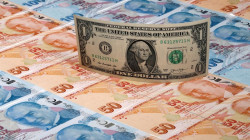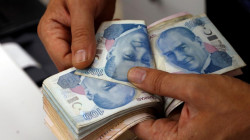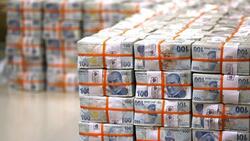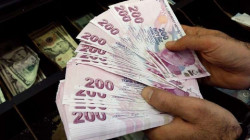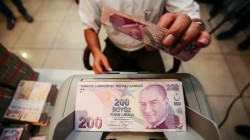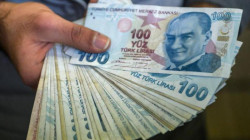Why some currencies in the Middle East are not performing so well
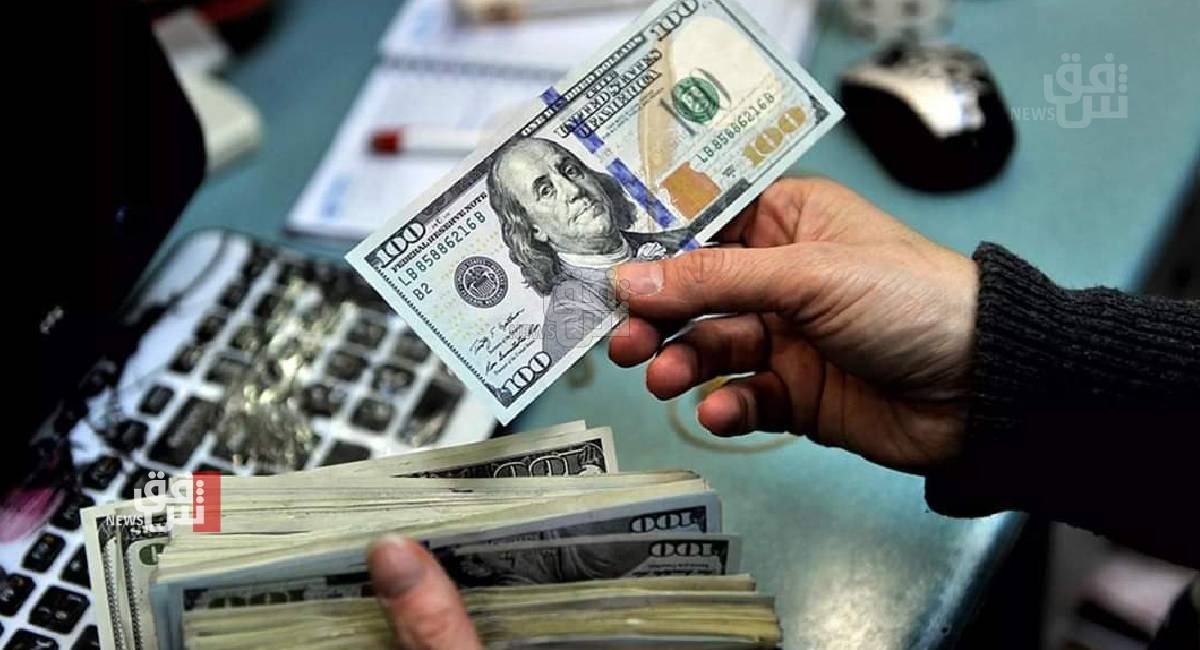
Shafaq News / A combination of macroeconomic and geopolitical factors is hurting several currencies in the Middle East, which have inevitably had ill effects on their countries' economies.
Currencies in the region, like those across emerging markets, have come under pressure, reflecting concerns about their respective countries' external vulnerabilities, weak economic outlook and the political and financial capacity of governments to manage crises.
Pressures on external finances include lower export earnings for commodity producers, plummeting non-oil goods exports earnings and services earnings from tourism, deep remittance losses due to stalled economic activity, massive portfolio outflows and reduced potential for foreign direct investment inflows.
Vulnerable economies have already seen their foreign reserves come under considerable pressure. Governments, however, are introducing measures to stem the trend, yet there are still many questions about if and when these currencies will be able to recover.
We take a look at some of these currencies, how they got into this situation and their outlooks.
Egyptian pound: further devaluation seen
The Egyptian pound has continued its slide against the US dollar, with analysts predicting further devaluation, as Cairo seeks to meet a key International Monetary Fund requirement for a flexible foreign exchange mechanism as part of an agreement for a $3 billion loan.
The pound, on January 4, suffered its biggest one-day slide against the US dollar, depreciating by 8 per cent to 26.50 to the US dollar, which was also accompanied by a sharp increase in the interest rates on the one-year savings certificates to 25 per cent issued by the two large nationalised banks.
Cairo-based Naeem Brokerage expects the pound to weaken further by another 5 per cent, to about 28 pounds to the US dollar, it said in a research note on January 5.
Naeem Brokerage estimates the pound weakened by a combined 15 per cent in this latest round of devaluation.
“In principle, we view the latest developments as a positive move and the right direction for the economy, as well as for the EGX [including from the perspective of a foreign portfolio investor],” it said.
“Our view is that the ongoing EGP depreciation is also indicative of the country already having secured some external support as a prelude to the move and, with one of the priorities being to clear the outstanding backlog of goods [of about $7 billion] stuck at the Egyptian ports.”
Measures such as the currency devaluation are also likely to unlock $10 billion in direct foreign inflows over the coming months from the IMF and other sources, such as direct investments from the GCC, the firm said.
“Forex inflows would be crucial in securing exchange rate stability and would almost completely eliminate the forex liquidity risk overhang that is currently keeping foreign investors away from investing into new businesses, the local stock market and Egyptian debt [T-bills and T-bonds],” it said.
Assuming the pound will be freely floated, or market-determined through the interbank system from now on, this would set the stage for substantial foreign portfolio inflows of more than $15 billion into both equity and debt by end of the year, it said.
Lebanese pound: worrying record lows
Crisis-hit Lebanon is grappling with its currency's depreciation to record lows on the parallel market, prompting the country to slash the value of its currency to 38,000 pounds to the dollar on its Sayrafa exchange platform.
The Banque du Liban has blamed currency speculation and the smuggling of US dollars outside Lebanon.
The economic crisis has pushed many in Lebanon into poverty, with severe shortages of essentials including clean water, electricity and medicine.
Inflation in Lebanon increased an average of 189.4 per cent year-on-year in the first 11 months of 2022, government data has shown.
Lebanon is expected to post the second-highest inflation rate in the world this year, behind Sudan, according to Fitch Solutions.
Lebanon is in the grip of an economic crisis described by the World Bank as one of the worst in modern history and has failed to enforce critical structural and financial reforms required to unlock $3 billion of assistance from the International Monetary Fund.
Lebanon's economy collapsed after it defaulted on about $31 billion of eurobonds in March 2020, with its currency losing more than 90 per cent against the dollar on the black market.
Iraqi dinar: sanctions bite
The value of the Iraqi dinar has further plummeted against the US dollar following new measures by the US Federal Reserve aimed at blacklisting several Iraqi banks that deal mainly with Iran.
The move has led to a scarcity of hard currency supply in the Iraqi market.
One US dollar is traded at 1,580 Iraqi dinars on the street, against the central bank rate of 1,470 dinars, state news agency Ina reported.
The Central Bank of Iraq has blamed the currency drop on “adopting mechanisms to protect the banking sector, customers and the financial system, as all foreign trade requirements … are fully covered by the official price", Ina reported.
Iraq’s central bank has taken several measures to help stabilise the currency, including reducing the exchange rate for travel and ensuring a flow of dollars at the official rate.
Israeli shekel: inflation concern
The Israeli shekel declined about 12 per cent against the dollar in 2022, and there are no indications that it will improve soon given that inflation in the country rose sharply to 5.3 per cent in November — almost double the top end of the government’s targets of between 1 per cent to 3 per cent.
Inflation devalues a currency as it decreases the spending power of consumers.
The shekel has been “very volatile”, particularly in the fourth quarter of 2022, Israel’s central bank governor Amir Yaron said.
However, if it comes to a “point where it is really, really stressing out of bounds”, the central bank has the tools to deal with it, he told Bloomberg this week.
The central bank also will not hesitate to raise interest rates, said Mr Yaron, who believes they should remain elevated.
The shekel was trading at about 3.52 against the dollar on Thursday, unchanged from its level at the end of 2022.
It is projected to go up to 3.58 by the end of the first quarter of 2023 and at 3.77 by the end of the year, Trading Economics said.
Turkish lira: 'bullish trend' expected
The Turkish lira lost more than 40 per cent of its value against the dollar in 2022. That is an improvement compared with the 77 per cent plunge it posted in 2021, with analysts saying it is now stabilising against the greenback.
The lira was trading at about 18.55 on Tuesday.
The government is working to boost the currency's value, including what it calls "liraisation", which aims to ensure the lira is the currency of choice in the country.
Turkey's central bank also said on December 30 that it planned to increase the share of lira deposits to 60 per cent of all deposits in the country's banking system over the next six months.
However, a remaining sticking point is consumer prices, which rose 64.3 per cent annually in December, the highest in more than a quarter of a century.
That was, however, still better than the 84.4 per cent surge in November, which alleviates concerns of decreased consumer spending power.
In general, there is a "bullish trend" in the lira, analyst Akram Adel wrote on Daily Forex.
Iranian rial: 'cautious' approach
Iran's rial dived to a record low of 44,000 against the dollar on December 28, which was a 22 per cent decline in only a month.
This prompted the appointment of a new central bank chief in a bid to stem the currency's fall. The rial, trading at about 41,850 on Thursday, has fallen more than tenfold since 2018.
Among the factors that are hitting the currency include continued civil unrest, the country's continued isolation as a result of ties with Russia and fading hopes to revive the 2015 nuclear deal between Tehran and global powers, which the US withdrew from in 2018.
"Cautious buyers" are entering the dollar market, and the price of the currency is seen to be on an upward path, the Iranian economic website Ecoiran said. It said the central bank could still lend support to the rial.
(The National News)
